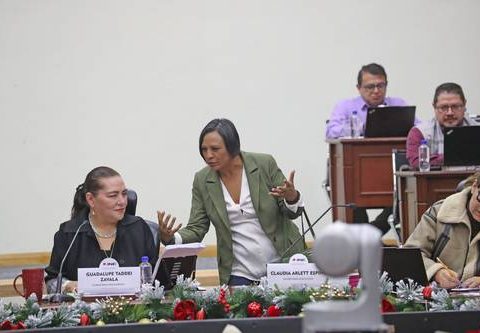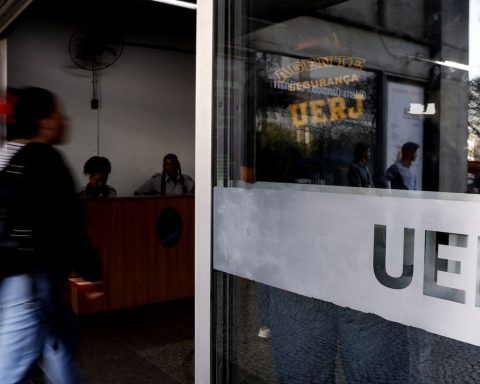“Yes, we have many reported situations, especially of natural persons, where they have fallen into the trap of what is called the phishing in emails and WhatsApp messages that you enter and two situations can arise. One, they infiltrate your computer and start managing it with the information you have there and, at a certain point, they can access bank accounts or personal accounts. There is also the possibility that information will be stolen for other purposes, such as extortion,” explains Luis Pérez de Acha, founding partner and director of the Pérez de Acha e Ibarra de Rueda law firm.
Windows of opportunity for criminals open as soon as the tax authority interacts remotely with taxpayers. This was in 2007, when the SAT page went from being only informative on tax and customs matters to a transactional page, that is, with the RFC and the Confidential Electronic Identification Key (CIEC) you can interact with the treasury, he explains. Pedro Canabal, partner of Foreign Trade and Taxes at Baker Tilly México.
“All this is evolving rapidly to the point that today you have a tax mailbox, an email that the authority uses to inform you, and your electronic signature, with which you can carry out a multitude of very important procedures. As the interaction becomes stronger, the number of people wanting to take the SAT increases. This is not only exclusive to the tax authority; It is very common for banks, for stores, for all types of sellers of services and goods. “It is a generality of people dedicated to committing crimes,” adds Canabal, who was central administrator of Communication at the SAT, from 2007 to 2012.
True or false?
The effectiveness with which messages from those seeking harm arrive is equal to that of those from the tax authority. “They come from both: SAT officials and those that are traps that someone is setting very efficiently, just as efficient are the messages that the SAT is sending to remind us that we are in some irregular or potentially irregular situation. In that double world, a bicycle that has two pedals, is where we taxpayers are moving with uncertainty,” says Pérez de Acha.
From January to September of this year, the SAT sent almost 63,139 million messages (by tax mailbox, email, telemessages, SMS, requirements and requirements from federal entities), when in the same period of 2014 it sent just over 28 million. This represented an increase of 34,739 million in the last decade.
identity theft
Beyond the phishingthere are other more complex frauds related to the theft of people’s tax identity, through the web or in person when doing some procedure.
“We saw more complicated cases where you live happily, and oh, surprise! Someone stole your personal data through a form or the app from a credit card; and suddenly you already owe the loan on a house. There is a black market for personal data banks, it is a reality,” says Michel Jiménez, partner of the communication consulting agency Tres Digital, and former deputy administrator of Digital Communication at the SAT.


















